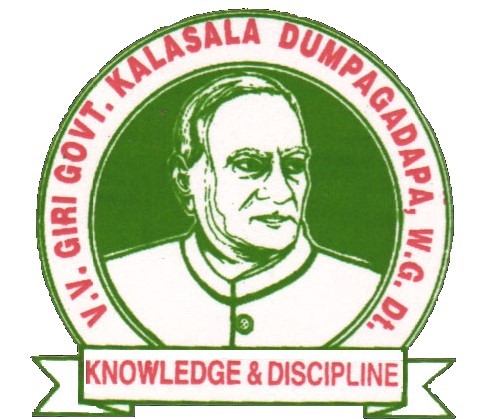Department of Economics
Our Staff

Dr.K.Ananda Kumar
Lecturer in Economics
Department Profile
V.V.GIRI GOVT. KALASALA DUMPAGADAPA
DEPARTMENT OF ECONOMICS
DEPARTMENT PROFILE
V.V Giri Govt. kalasala,Dumpagadapa was established in the year 1974. This Institution is at first affiliated to Andhra University, Visakhapatnam. Later after the establishment of the Adikavi Nannaya University, this college has been under affiliation from 2012 to Adikavi Nannaya University, Rajahmahendravaram.
The department of Economics has its inception in the year 1974. The department is offering Economics as group subject for B.A UG course. The department is also offering certificate courses in Economics such as “Employement and Its Management Strategies”, and “Stock Market Basics and its Fundamentals”.
COURSES OFFERED
S.NO |
NAME OF THE COURSE |
GROUP |
1 |
B.A (H.E.P) |
History; Economics; Politics |
2 |
B.A (Honours) |
Economics |
3 |
B.Com (Honours) |
Computer Applications, Economics(Minor) |
Vission & Mission
“Human development, as an approach, is concerned with what I take to be the basic development idea: namely, advancing the richness of human life, rather than the richness of the economy in which human beings live, which is only a part of it.” Amartya Sen.
Vision & Mission
In accordance with the vision and mission of the college the Department has set its own vision and mission
Vision :
“To increase interest amongst the students towards Economics subject also motivate to evaluate current update on Indian Economy thrives to reach standards of excellence in teaching and research.”
Mission :
- To make the students to gain analytical skills in various contemporary economic problems.
- To produce socially responsible students with good knowledge in welfare economics.
- To make students competitive in Economics.
- To develop research attitude among the students.
- To bring up the innate talent through effective dissemination of knowledge in Economics.
Faculty Profile
Department Meting Minutes
Syllabus
PO's, PSO's, CO's
CIA
CONTINUOUS INTERNAL ASSESSMENT – 2018-23
S.NO |
YEAR |
LINK |
1 |
2022-23
|
|
2 |
2021-22 |
|
3 |
2020-21 |
|
4 |
2019-20 |
|
5 |
2018-19 |
|
Results
Department Activities
| S.no | Name of the Activity | Link |
1. |
Azadi ka Amrit Mahotsav |
View |
2. |
World Water Day |
View |
3. |
Guest Lecturer |
View |
4. |
Ambedkar Jayanthi |
View |
5. |
Pingali Venkayya Jayanthi |
View |
6. |
Student Seminar (27-08-2022) |
View |
7. |
World Literacy Day |
View |
8. |
Quiz Competition (B.A) |
View |
9. |
Student Seminar (23-09-2022) |
View |
10. |
Group Discussion |
View |
11. |
Seminar for all B.A Students (08-10-2022) |
View |
12. |
International Day for eradication of Poverty |
View |
Best Pracitices
Best Practice of Economics Department >>>>>> View
Gallery
Azadi ka Amrith Mahotsav (19-03-2022)
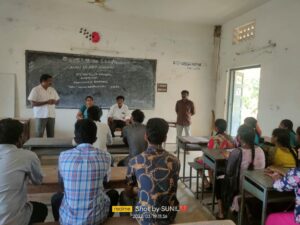
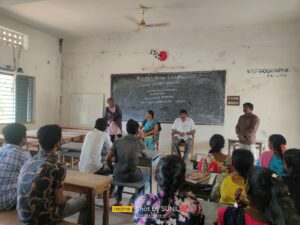

World Water Day (23-03-2022)

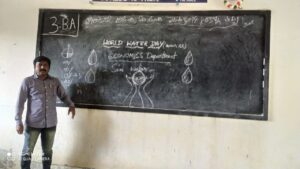
 Ambedkar Jayanthi (14-04-2022)
Ambedkar Jayanthi (14-04-2022)
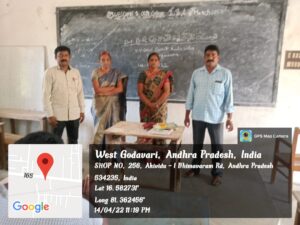
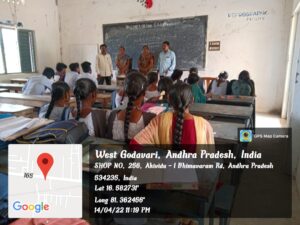
 Guest Lecturer (12-04-2022)
Guest Lecturer (12-04-2022)
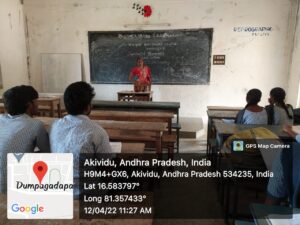
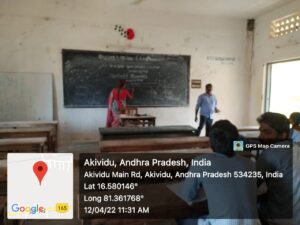
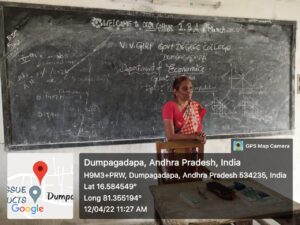
Certificate Courses
Time Tables
TIME TABLES (2018-23) >>>>>> View

